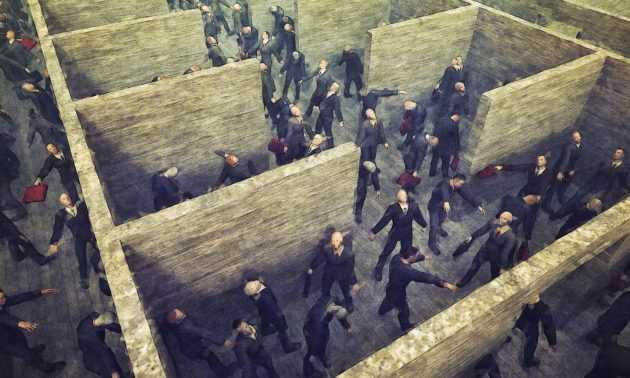China tries to breathe new life into corporate walking dead
31 January, 2018

China is detangling its maze of state-owned 'zombie companies'. Photo: iStock
State-owned ’zombie companies’ have been closed, merged or forced to slim down after being weaned off subsidies and overproduction
Bloated on debt and kept alive by a forced drip of government subsidies, “zombie companies” have stalked China’s industrial landscape for the past three years.
With barely a pulse, many could be found in the country’s rustbelt regions, rolling out cheap steel or processing iron ore and coal. But now, that is starting to change as Beijing revamps its business model.
Aging and creaking state-owned enterprises, or SOEs, are being closed, merged or forced to slim down after being weaned off a diet of overproduction.
“We [have] reduced a lot of ‘zombie enterprises’,” Xiao Yaqing, the chairman of the state-owned Assets Supervision and Administration Commission, told the media at the World Economic Forum in Davos last week. “Now, the management efficiency of the companies [has been] significantly improved.”
Loosely translated, this means they are still around and they appear to have a heartbeat. Data released by the National Bureau of Statistics a few days ago supported that view.
A glance at the statistics showed that profits from China’s industrial companies increased by 21% to 7.5 trillion yuan ($1.19 trillion) in 2017, which was the fastest pace in growth for six years.
When you dig even deeper into the numbers, profits at SOEs jumped 23.5% to 2.9 trillion yuan during the same period, with total assets of about 151.7 trillion yuan, a rise of 10% compared to 2016. Liabilities also jumped by 9.5% to 99.7 trillion yuan.
Apart from streamlining these lumbering behemoths, the government is using them to spearhead infrastructure investment projects for the elaborate Belt and Road Initiative.
These new ‘Silk Road’ superhighways will connect China with Asia, Africa, the Middle East and Europe through economic corridors built around transport hubs for land, sea and air trade.
“For a start, I expect the strategy will have a greater positive effect on individual Chinese companies rather than the overall economy,” said Ben Simpfendorfer, the founder and managing director at Silk Road Associates, in a report entitled A Short Guide to China’s Belt and Road Strategy.
“These are the companies able to identify and execute opportunities in the Silk Road region and so reallocate some of their spare capacity to overseas markets,” he added.
Beijing’s plan for a leaner and a more tech-savvy SOE sector has helped curb, but not cure, overproduction and force up prices.
Earlier this month, the oldest-state owned newspaper in the country, the Communist Party’s People’s Daily, reported that more than 1,200 “zombie central government-owned enterprises” had been closed by the end of December.
Cuts in steel, iron ore and coal production have also been made to meet key targets. “Our wish is for them [SOEs] to be bigger, stronger and more efficient,” Xiao told Reuters at Davos. “And this is what they’re about to be in the future.”
It appears the demise of China’s industrial dinosaurs has been greatly exaggerated. But then, there are far fewer of them around these days.
TAG(s):
